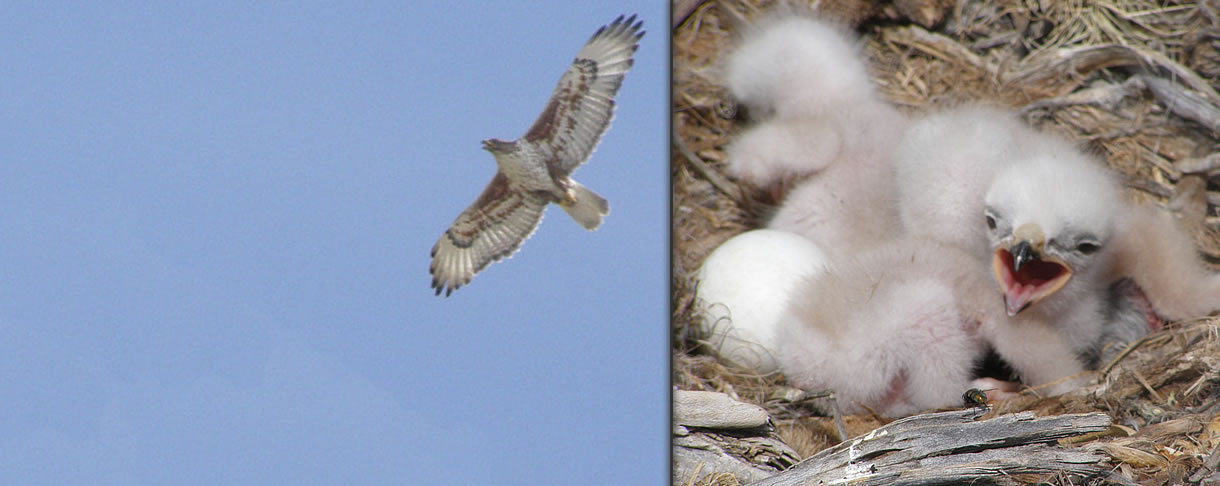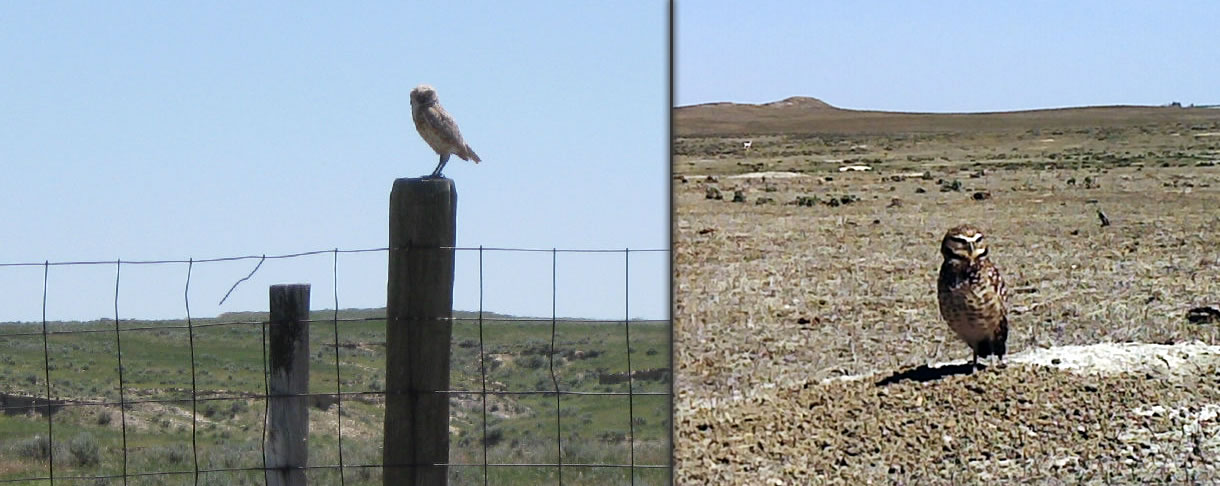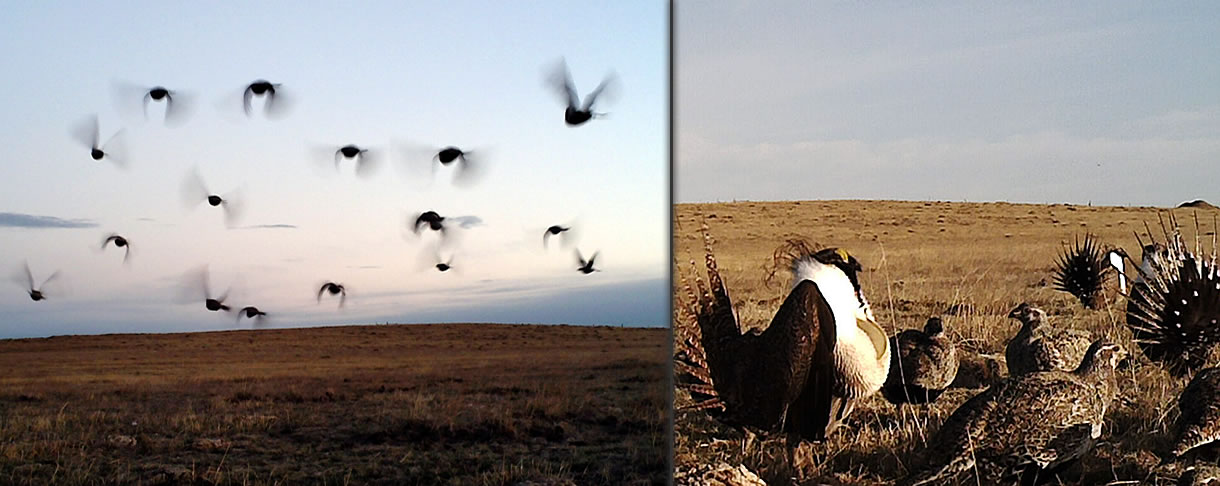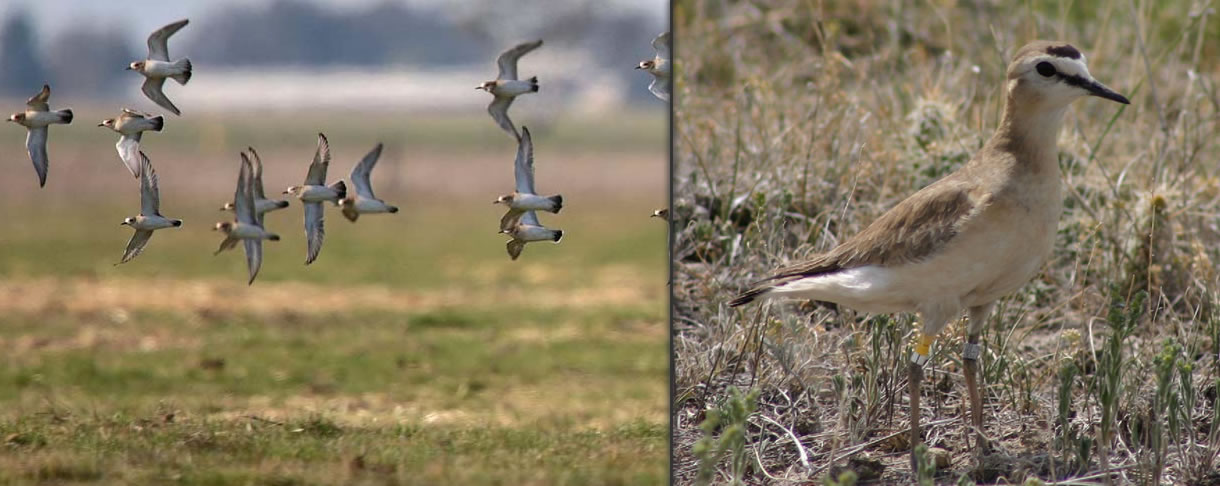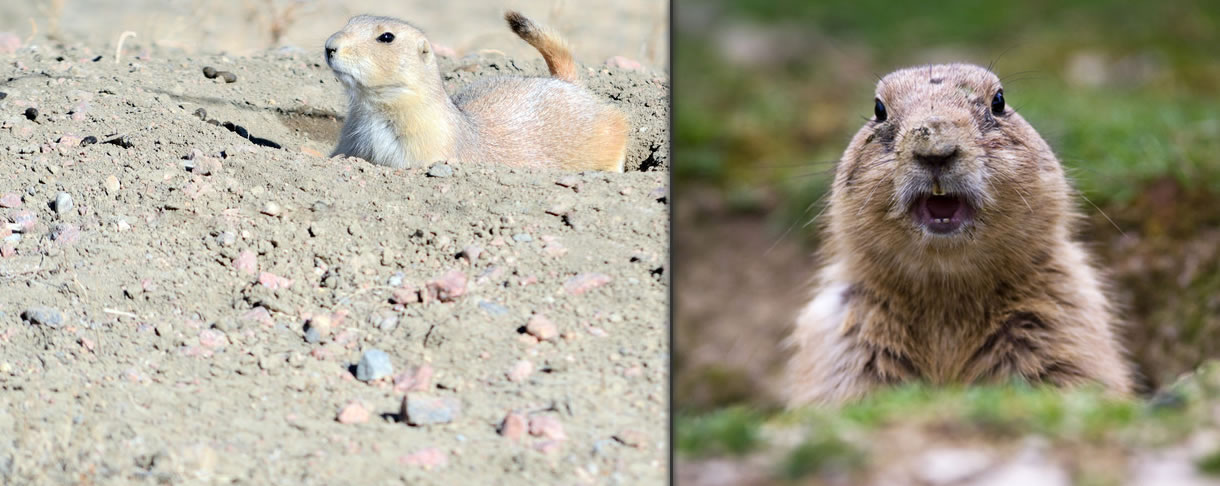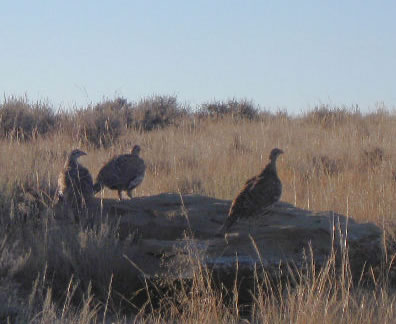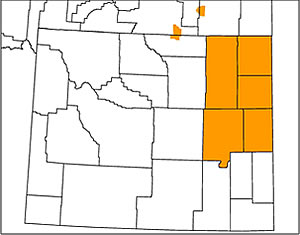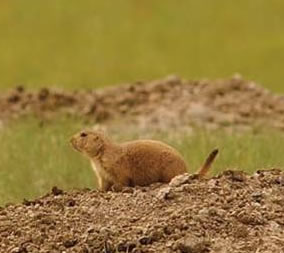
2 Ecotypes - 8 Covered Species
Our conservation strategy focuses on 2 ecotypes and 8 species to maximize conservation benefit and to promote sustainable populations and habitats.
Shortgrass species assemblage:
- Black-tailed prairie dogs
- Mountain plover
- Burrowing owl
- Ferruginous hawk
Sagebrush obligate assemblage:
- Greater sage-grouse
- Sage sparrow
- Brewer’s sparrow
- Sage thrasher

